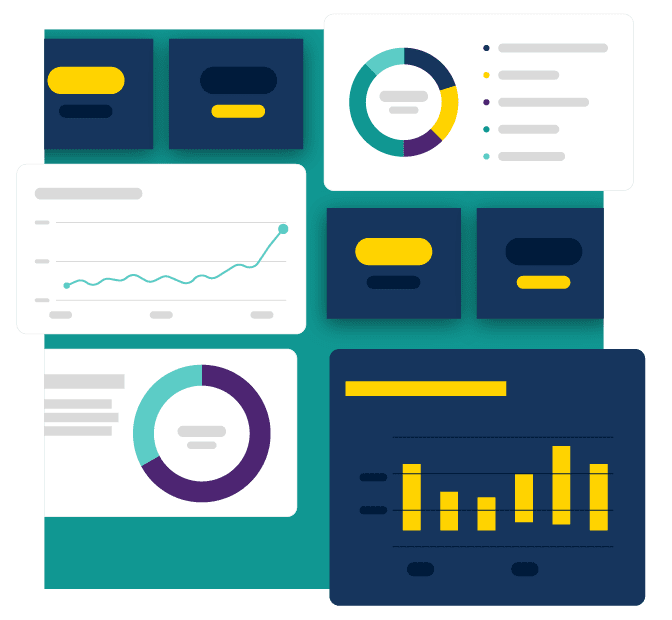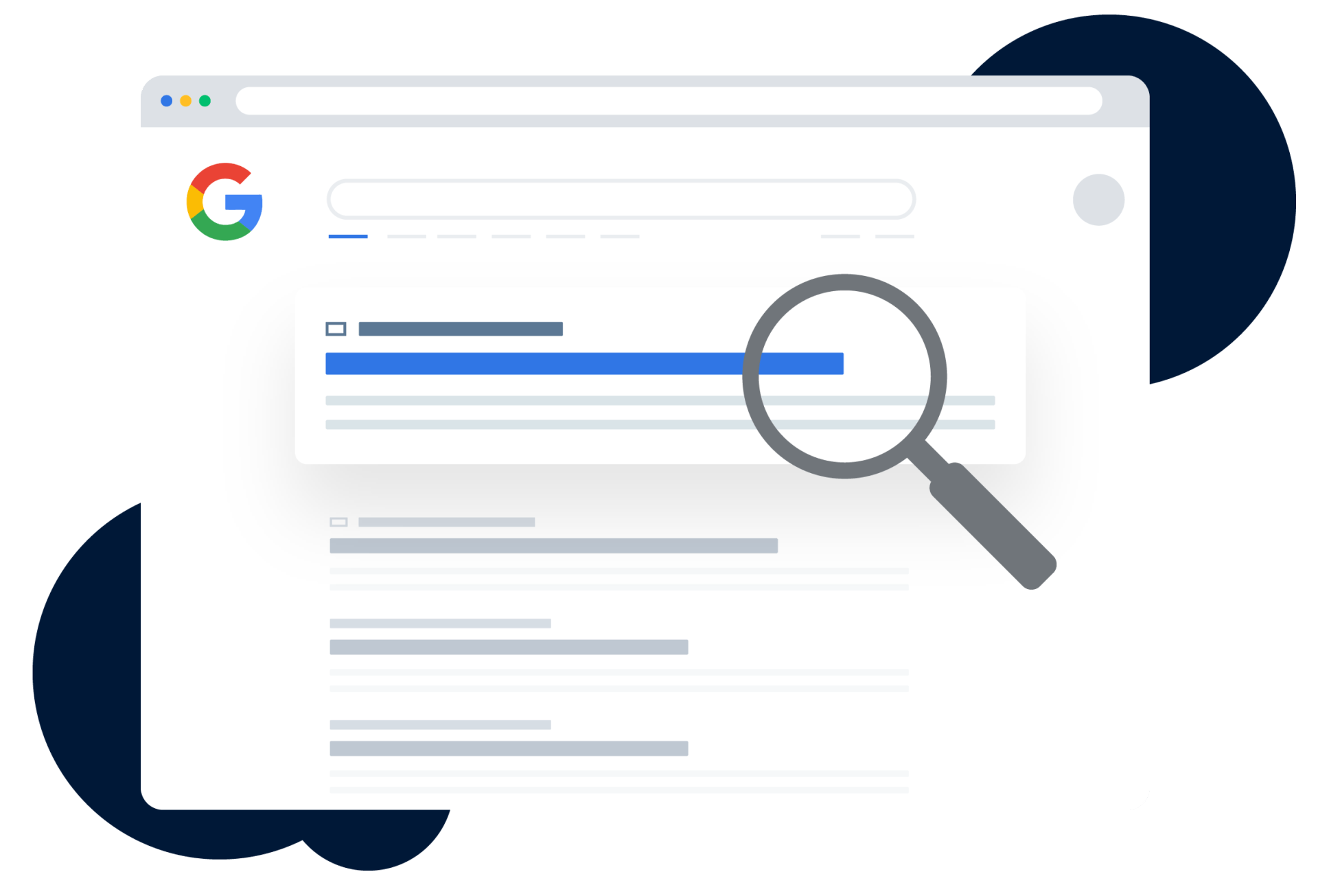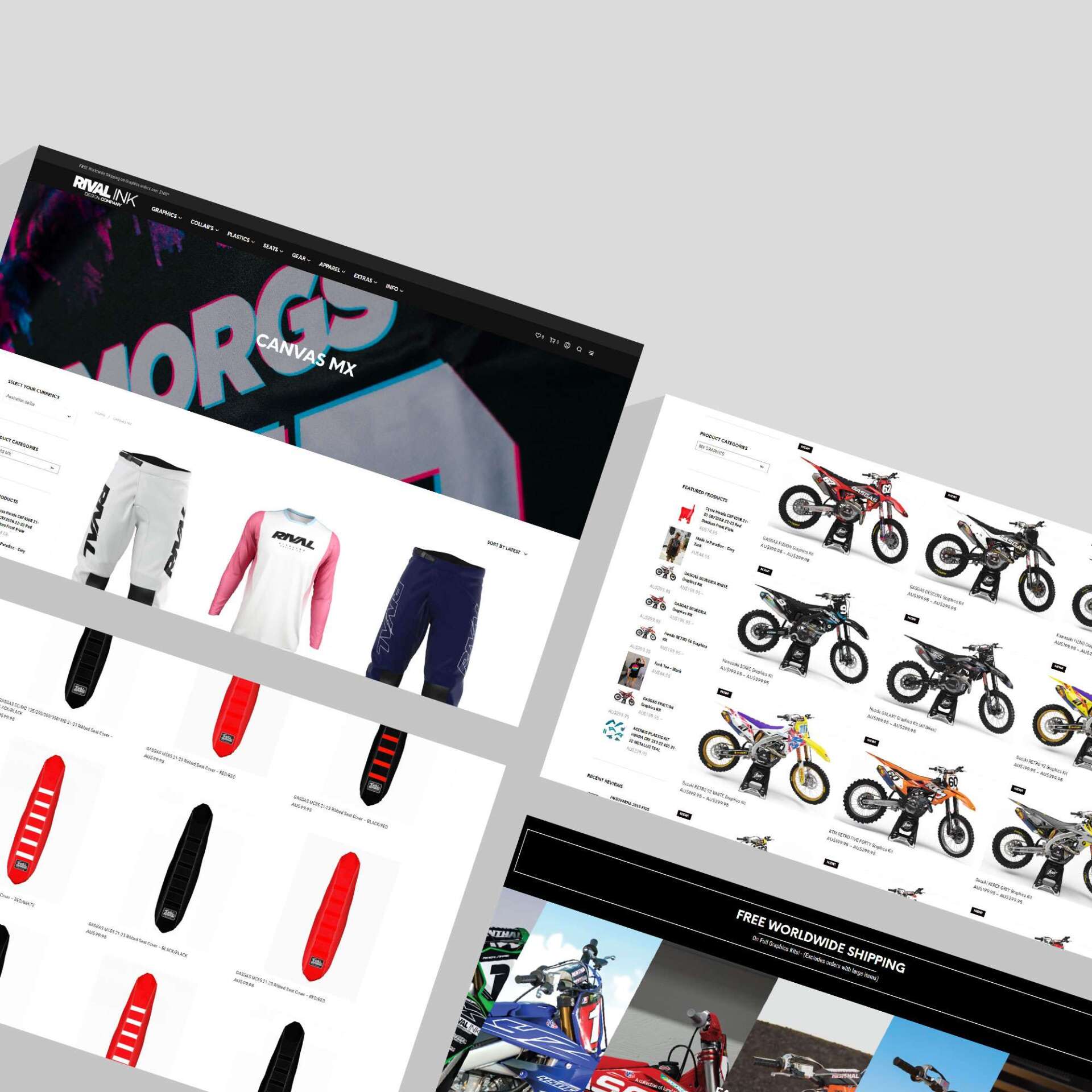The Ultimate Guide to Data Driven Lead Generation
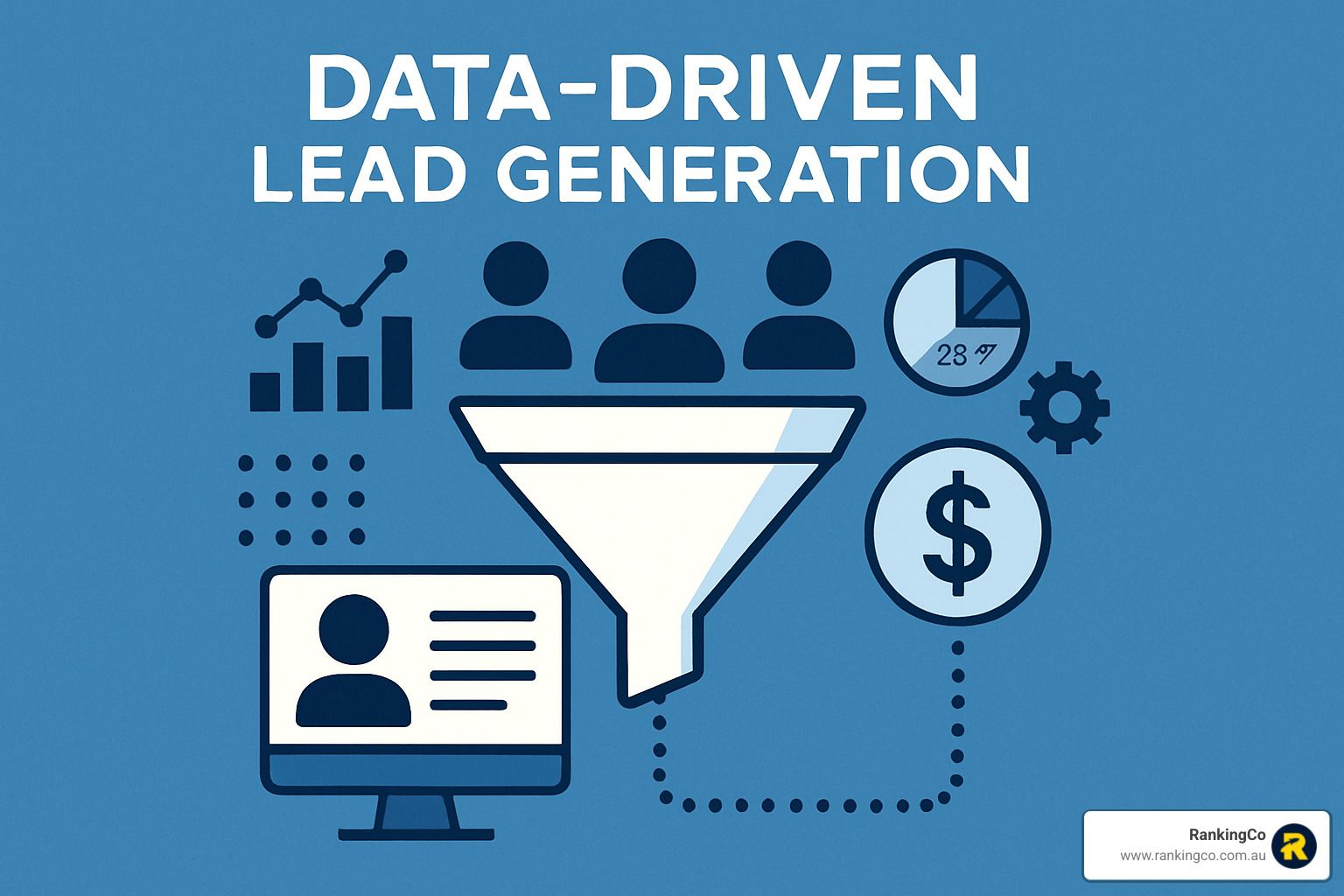
The Power of Data-Driven Decision Making
Data driven lead generation is the process of using customer data and analytics to create more targeted, efficient marketing campaigns that produce higher-quality leads. Unlike traditional lead generation that focuses on quantity, this approach uses insights to understand your audience better and boost conversions.
What is Data-Driven Lead Generation?
Data-driven lead generation leverages analytics to:
- Identify and target the most promising prospects
- Personalise outreach based on behavior and preferences
- Optimise campaigns through continuous testing
- Measure results with precise attribution
- Allocate resources more efficiently
"Without data, you're just another person with an opinion." — W. Edwards Deming
Companies that integrate data across marketing and sales functions see up to a 15% lift in revenue growth. This isn't surprising when you consider that 79% of marketing leads never convert due to lack of proper nurturing – a problem that data-driven approaches directly address.
The traditional approach to lead generation often relies on gut feeling and broad targeting. In contrast, data driven lead generation focuses on understanding exactly who your customers are, what they need, and when they need it.
Benefits of data-driven lead generation:
- Greater accuracy in targeting
- More efficient use of marketing resources
- Increased return on investment
- Higher quality leads that convert better
- Improved sales and marketing alignment
I'm Amber Porter, CEO of RankingCo, and I've helped dozens of businesses transform their lead generation through data-driven strategies that focus on quality over quantity, consistently delivering higher ROI and shorter sales cycles.
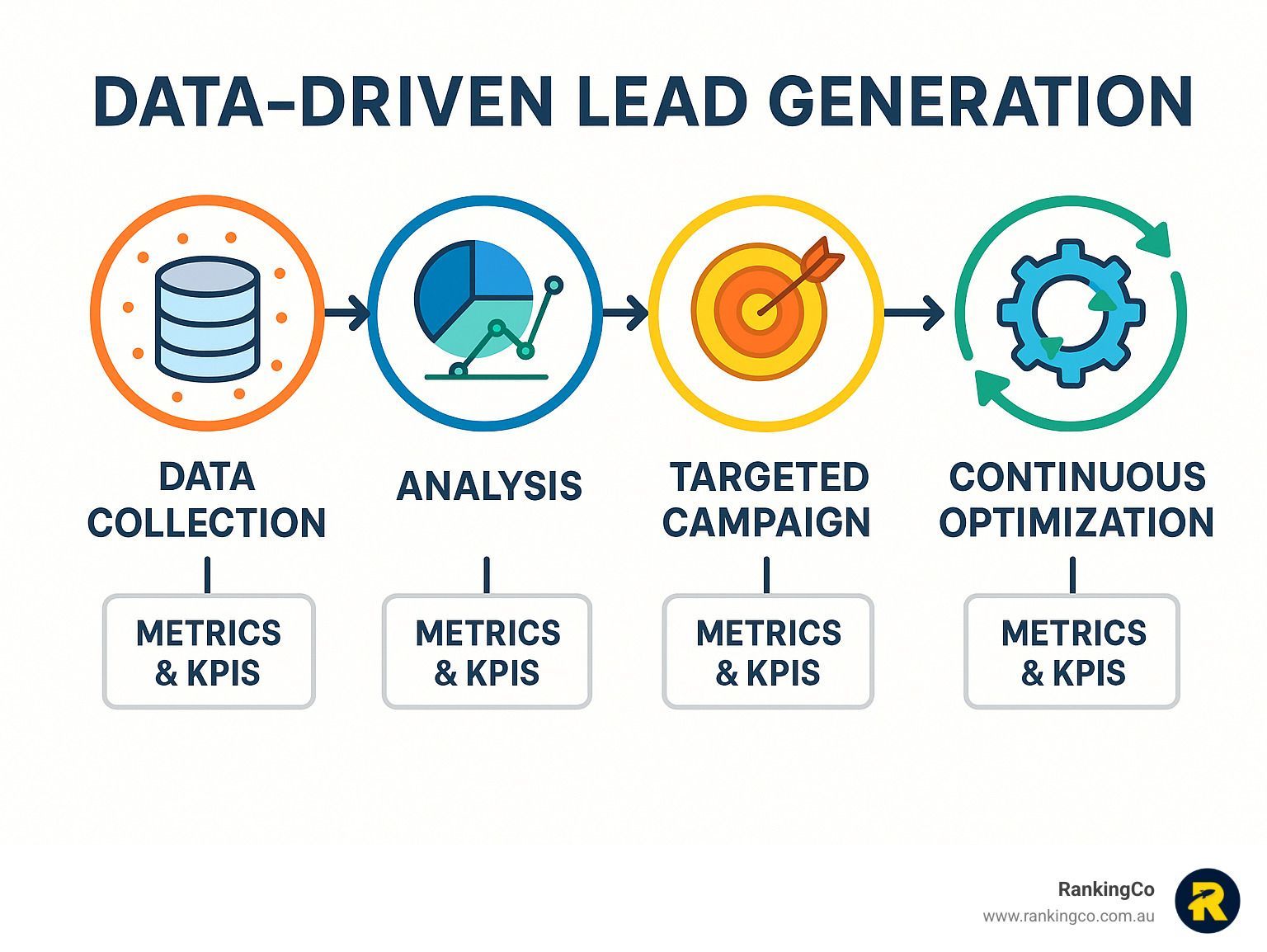
What is Data-Driven Lead Generation?
Data driven lead generation transforms how businesses find customers by swapping guesswork for concrete insights. Think of it as the difference between fishing with a net versus using sonar to find exactly where the fish are swimming.
"The best marketers are detectives, not artists," goes an old saying in the marketing world. This captures perfectly what we're talking about here – it's about uncovering clues and following evidence rather than just relying on creative hunches.
Traditional vs Data-Driven Lead Generation
When businesses properly integrate data across their marketing and sales teams, they typically see that impressive 15% revenue lift I mentioned earlier. This happens because they're not just working harder—they're working smarter by:
Understanding buyer intent signals that reveal when someone is actually ready to purchase. These digital breadcrumbs tell you exactly when to reach out and what to say.
Identifying high-value prospects who match your ideal customer profile, allowing you to stop wasting resources on leads that were never going to convert anyway.
Delivering personalised messages that speak directly to each prospect's specific needs and pain points, at precisely the right moment in their buying journey.
For Brisbane businesses, especially SMEs, this approach levels the playing field. You don't need the massive budgets of your larger competitors when you can be more strategic about where you invest your marketing dollars.
I recently worked with a local property developer who was pouring money into traditional advertising with mediocre results. After implementing a data driven lead generation strategy, we finded that most of their conversions actually came from a specific demographic searching for particular lifestyle amenities. Armed with this insight, they refined their targeting and messaging, resulting in 32% more qualified leads while actually reducing their overall marketing spend.
The beauty of data-driven approaches is that they create a virtuous cycle—the more data you collect, the more you learn, and the more effective your lead generation becomes over time. According to recent scientific research on data lineage, organisations that maintain clear records of how their data flows and transforms gain significant competitive advantages through improved decision-making.
Quality over quantity isn't just a nice idea—it's the foundation of effective modern marketing. After all, would you rather have 100 lukewarm prospects or 20 highly engaged potential customers who are genuinely interested in what you offer?
Learn more about our Leads SEO services that incorporate these data-driven principles to attract high-quality leads through search.
Collecting & Enriching the Right Data
The foundation of any successful data driven lead generation strategy is high-quality data. But what exactly should you be collecting, and how can you ensure it's accurate and useful?
Types of Data for Lead Generation
Think of data as the fuel that powers your lead generation engine. Without the right mix, you'll either sputter along or burn out completely.
When we work with Brisbane businesses, we often find they're sitting on goldmines of data without realising it. Contact information is just the beginning – names and email addresses are essential, but they only scratch the surface of what's possible.
Firmographic data tells you who you're really dealing with – is this a startup or an established enterprise? Are they in healthcare or retail? This context is crucial for meaningful conversations.
I remember working with a local manufacturing company that was targeting businesses of all sizes until their data driven lead generation efforts revealed that mid-sized companies were 4x more likely to convert. That single insight transformed their entire approach.
Technographic data is like having X-ray vision into a prospect's tech stack. If you know they're using a competitor's solution or complementary technology, you've got an immediate conversation starter.
Perhaps most valuable is intent data – those digital breadcrumbs people leave when they're actively researching solutions like yours. When someone downloads three whitepapers about inventory management, they're practically raising their hand.
Our research consistently shows that companies leveraging multiple data types see conversion rates up to 3x higher than those relying on basic contact information alone. It's like the difference between fishing with a net versus a spear.
Data Collection Methods
Gathering this valuable information doesn't have to be complicated. Your website is already a data collection powerhouse if you set it up correctly.
One mistake I see constantly is businesses creating marathon-length forms that scare away potential leads. A Brisbane retailer we partnered with slashed their form fields from seven to just three (name, email, phone) and used behind-the-scenes data enrichment to fill in the blanks. Their lead capture jumped 40% overnight without sacrificing quality.
Your existing customers are another goldmine. Well-crafted surveys and thoughtful interviews can reveal patterns you'd never spot otherwise. One of our clients finded through customer interviews that their perceived main selling point wasn't actually why people were buying – talk about a game-changer!
While first-party data (what you collect directly) is gold, don't overlook third-party sources that can fill gaps in your understanding. Industry databases, public records, and social platforms all contribute valuable pieces to the puzzle.
CRM Hygiene and Data Management
Having mountains of data is one thing; keeping it clean and usable is another challenge entirely. I've seen businesses with CRMs so cluttered they might as well be starting from scratch.
The stats are sobering: 30% of contact data becomes outdated within just one year. Imagine making decisions based on information where nearly a third is wrong! It's like navigating with a map that's partially erased.
Regular audits aren't exciting work, but they're absolutely necessary. We recommend quarterly reviews at minimum to keep your data foundation solid.
Standardisation prevents the "same data, different format" problem that plagues many CRMs. Is it "Brisbane, QLD" or "Brisbane QLD" or just "Brisbane"? Pick one format and stick with it.
The cost of poor data quality is steep – businesses lose 15-25% of revenue due to bad data. That's not a typo. The good news is that companies with clean data report 70% higher lead conversion rates, making data hygiene one of the highest-ROI activities you can undertake.
Compliance Considerations
In today's privacy-conscious world, collecting data comes with responsibilities. Even if you're based in Brisbane, regulations like GDPR can affect you if you have European customers or visitors.
The Australian Privacy Act has its own requirements that must be followed. We've seen businesses face significant headaches by overlooking these obligations.
Always obtain and document proper consent. It's not just legally required – it builds trust with your audience. People appreciate transparency about how their information will be used.
At RankingCo, we help Brisbane businesses implement proper data collection practices that balance comprehensive insights with privacy compliance. This foundation enables truly effective data driven lead generation that respects both your prospects and the law.
Find out how our Technical SEO services can help you collect valuable data while ensuring your website is optimised for both users and search engines.
Building & Automating the Lead Gen Funnel
Once you have quality data in place, the next step is to build a systematic funnel that guides prospects from awareness to conversion. This is where data driven lead generation truly shines – by creating personalised journeys based on actual behavior rather than assumptions.
Mapping the TOFU-MOFU-BOFU Journey
The lead generation funnel can be divided into three main stages:
Top of Funnel (TOFU): Awareness stage
- Content: Blog posts, social media, videos, infographics
- Data points: Traffic sources, content engagement, demographic information
- Goal: Capture interest and initial contact information
Middle of Funnel (MOFU): Consideration stage
- Content: Case studies, webinars, detailed guides, comparison sheets
- Data points: Content downloads, webinar attendance, page visits, time on site
- Goal: Nurture interest and qualify leads
Bottom of Funnel (BOFU): Decision stage
- Content: Demos, consultations, trials, detailed pricing
- Data points: Demo requests, pricing page visits, cart abandonment
- Goal: Convert qualified leads into customers
Harvard Business Review found that personalisation can lift lead engagement by up to 40%. This is why mapping specific content to each stage based on actual data is crucial.
A Brisbane IT services company we worked with finded through funnel analysis that their leads were dropping off at the consideration stage. By creating targeted case studies addressing specific pain points identified in their data, they increased their MOFU-to-BOFU conversion rate by 28%.
Personalisation & Segmentation Tactics
Effective data driven lead generation relies heavily on personalisation. In fact, 81% of consumers want brands to understand and approach them personally, yet 83% of marketers struggle to do this effectively.
Key personalisation tactics include:
- Buyer Personas: Create detailed profiles based on actual customer data, not assumptions.
- Behavioral Segmentation: Group leads based on their actions and engagement patterns.
- Dynamic Content: Adjust website and email content based on user attributes and behavior.
- Predictive Recommendations: Use AI to suggest relevant next steps or content.
- Triggered Communications: Automatically send personalised messages based on specific actions.
For example, a Brisbane financial services firm we work with segments their leads based on investment interests, risk tolerance, and engagement level. This allows them to deliver highly relevant content that has increased their email open rates by 32% and conversion rates by 18%.
Data Driven Lead Generation in Action
Let's look at how modern tools and techniques bring data driven lead generation to life:
AI Chatbots: Modern chatbots do more than just answer FAQs. They can:
- Qualify leads through conversational questions
- Recommend relevant content based on responses
- Book meetings directly into your calendar
- Pass qualified leads to sales with full conversation context
Predictive Lead Scoring: Using machine learning algorithms to:
- Identify which lead attributes correlate with conversion
- Automatically score leads based on their likelihood to purchase
- Prioritise sales outreach to the most promising prospects
- Continuously refine the model based on results
Companies using predictive analytics for lead scoring increase their lead conversion rates by up to 20%, according to our research.
Omnichannel Outreach: Data shows that prospects engage across multiple channels:
- 70% of B2B buyers consume 3-5 pieces of content before engaging with sales
- Leads contacted across multiple channels convert 3x better than single-channel leads
- The average B2B buyer uses 6 different interaction channels during their decision journey
AI, Automation & Alignment
The final piece of building an effective funnel is ensuring your technology stack and teams work together seamlessly.
CRM Integration: Your CRM should be the central hub that:
- Captures all lead interactions across channels
- Syncs data between marketing and sales platforms
- Provides a single source of truth for lead status
- Enables automated workflows based on lead behavior
Real-Time Dashboards: Shared visibility is crucial for alignment:
- Marketing can see which leads are converting to sales
- Sales can understand which campaigns generate quality leads
- Leadership can track the entire funnel from initial touch to closed deal
- Everyone can identify bottlenecks and opportunities for improvement
Cross-Team SLAs: Service Level Agreements between marketing and sales:
- Define what constitutes a qualified lead
- Establish timeframes for lead follow-up
- Create feedback loops for lead quality
- Set shared goals and metrics
Gartner predicts that by 2025, 75% of B2B companies will use AI for lead generation. At RankingCo, we're already helping Brisbane businesses implement these advanced techniques to stay ahead of the curve.
Learn how our Google Ads Management services leverage data-driven approaches to target high-intent prospects and deliver qualified leads.
Measuring Success & Continuous Optimisation
The true power of data driven lead generation lies in its measurability. Without proper tracking, you're essentially throwing darts in the dark – no matter how fancy your approach might be.

Data Driven Lead Generation Metrics
I often tell our Brisbane clients that knowing your numbers is like having a GPS for your marketing journey. Without it, you're just hoping you'll reach your destination.
When tracking your lead generation success, focus on these three categories of metrics:
For volume metrics, keep an eye on the number of leads flowing in, what you're paying for each one (your cost per lead), where they're coming from, and how well your traffic converts to actual leads.
Quality metrics tell a deeper story – are these leads becoming opportunities? How many marketing qualified leads become sales qualified? Is your sales cycle getting shorter? These insights help you refine your targeting and messaging.
Finally, revenue metrics connect everything to your bottom line. What's the pipeline value generated? How much actual revenue came from your lead gen efforts? What's your ROI? And importantly, what's the lifetime value of customers you're acquiring?
We've seen that our clients who actively monitor these metrics typically achieve a 53% higher conversion rate from lead to opportunity. That's the difference between struggling to grow and confidently scaling your business.
Attribution Models
Understanding which touchpoints actually drive conversions is like knowing which players on your team are scoring the goals. Different attribution models give you different perspectives:
First-touch attribution gives all the credit to whatever first brought someone to you – great for understanding which channels are filling your funnel.
With last-touch attribution, the final interaction before conversion gets all the glory – helpful for identifying what pushes people over the edge.
Linear attribution spreads the love equally across all touchpoints, while time-decay attribution gives more weight to interactions closer to conversion.
Position-based attribution (my personal favourite for most Brisbane businesses) gives 40% credit to both the first and last interactions, with the remaining 20% spread across middle touchpoints.
I remember working with a Brisbane manufacturing company that had been using last-touch attribution and almost cut their technical blog budget. When we switched them to position-based attribution, they finded their blog was actually initiating many journeys that eventually converted. This insight saved a valuable channel that was quietly driving significant business.
Continuous Testing & Iteration
The secret sauce of data driven lead generation is never being satisfied with "good enough." The digital landscape changes too quickly for that.
Smart A/B testing lets you improve one element at a time – whether it's your headline, images, call-to-action buttons, or form length. Our clients who regularly test typically see up to 50% more conversions than those who set and forget.
For more sophisticated insights, multivariate testing allows you to examine multiple elements simultaneously. While this requires more traffic to reach statistical significance, the insights can be game-changing for high-traffic pages.
Heat-mapping and user recording tools give you X-ray vision into how people actually interact with your pages. One of our Brisbane retail clients finded through heat-mapping that visitors were trying to click on non-clickable elements on their lead form. By making those elements interactive, they improved form completion rates by 23% overnight.
Don't forget the power of closed-loop feedback – actually talking to your sales team about lead quality, analysing why deals are won or lost, and surveying both converted and lost leads about their experience. These qualitative insights often reveal opportunities that pure numbers miss.
Frequently Asked Questions
What data should we collect for lead generation?
Focus on data that illuminates your prospect's needs and journey without creating friction. Basic contact details are just the starting point – you also want to understand their behaviour on your site, content preferences, engagement history, and signals that indicate purchase intent.
For B2B companies, company details and technology usage can be particularly valuable. The trick is balance – collect enough to be useful without making your forms feel like a tax return.
How does predictive lead scoring work?
Think of predictive lead scoring as having an AI assistant that studies thousands of your past leads, identifying which characteristics and behaviours predicted success. The system creates a mathematical model that scores new leads based on how closely they match your ideal customer profile.
Unlike manual scoring (which relies on your assumptions), predictive scoring can identify non-obvious patterns and continuously learns as more data becomes available. It's like having a lead quality detector that gets smarter over time.
Which metrics matter most for data-driven lead generation?
While every business is different, I generally recommend focusing on four key metrics: your lead-to-customer conversion rate shows lead quality, cost per acquisition reveals efficiency, customer lifetime value to CPA ratio indicates long-term profitability, and sales cycle length helps measure funnel velocity.
At RankingCo, we help Brisbane businesses set up custom dashboards that track the metrics most relevant to their specific goals, allowing them to make data-backed decisions rather than relying on gut feeling.
Conclusion – Let's Get You Ranking!
Data driven lead generation isn't just another fancy marketing term – it's a complete shift in how smart businesses connect with potential customers. Throughout this guide, we've explored how using data intelligently can transform your lead generation from a game of chance into a precise science.
Think about what we've covered: collecting quality data, building automated funnels, personalising customer journeys, and measuring what actually works. These aren't just nice-to-haves anymore – they're essential for Brisbane businesses wanting to compete effectively.
The benefits speak for themselves. When you accept data driven lead generation, you'll enjoy higher quality leads that actually convert, make smarter use of your marketing budget, and finally get your sales and marketing teams working in harmony. Most importantly, you'll be able to adapt quickly as market conditions change and see real, measurable returns on your marketing investments.
At RankingCo, we've helped countless Brisbane businesses make this change. I still remember working with a local professional services firm that was spending thousands on generic advertising with disappointing results. Within three months of implementing our data-driven approach, they were generating 40% more qualified leads while actually reducing their overall marketing spend. That's the power of working smarter, not harder.
Our approach combines sophisticated data analytics with proven marketing strategies that deliver leads who are genuinely interested in what you offer. We don't just throw traffic at your website – we help you attract people who are ready to become customers.
Whether you're just starting to explore data-driven marketing or looking to refine your existing strategy, we're here to help. Our friendly team of experts can guide you through collecting meaningful data, building effective funnels, and continuously improving your results.
Ready to stop guessing and start growing? Let's have a chat about how data driven lead generation can transform your business. We'll take the time to understand your goals and show you exactly how our approach can work for your specific situation.
Find our Lead Generation Website Development services and take the first confident step toward a more effective, measurable approach to finding new customers.
After all, in today's competitive market, it's not just about getting more leads – it's about getting the right leads. And that's exactly what we help you do.
